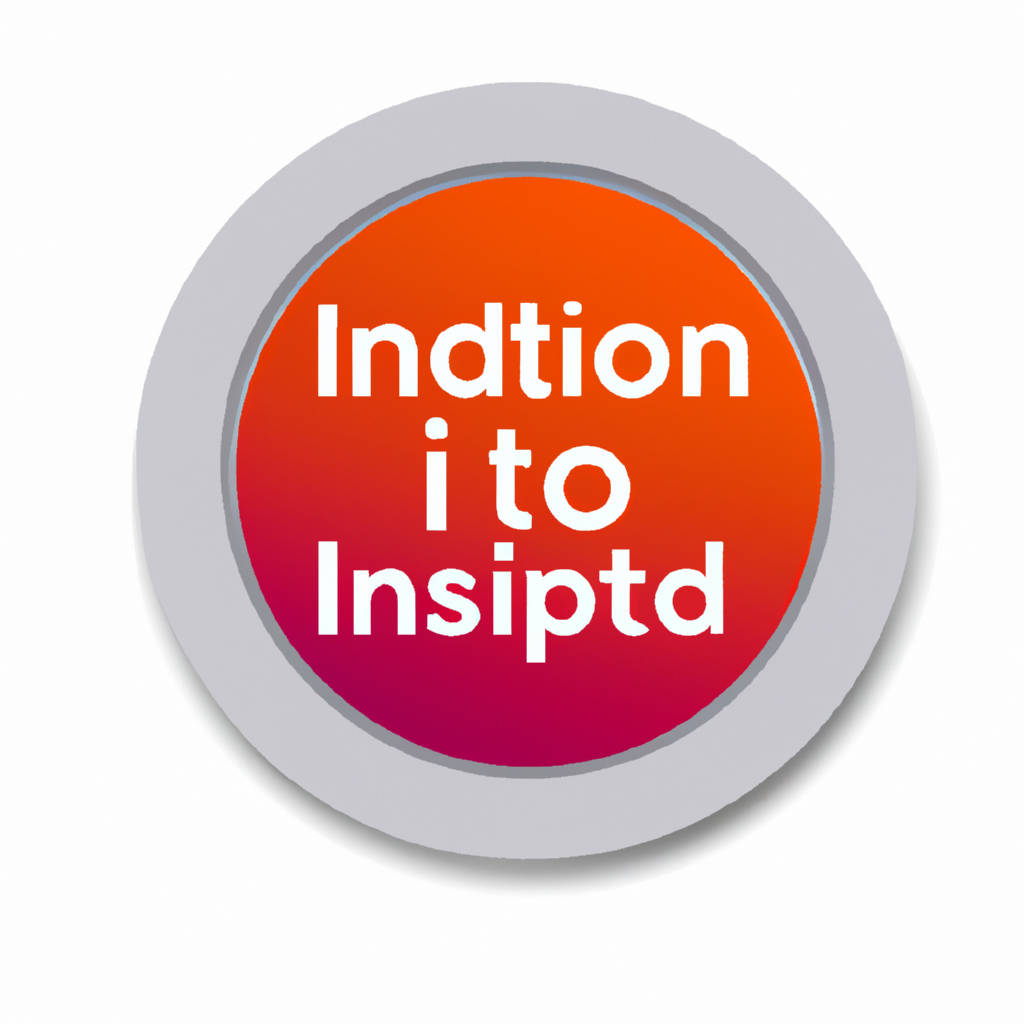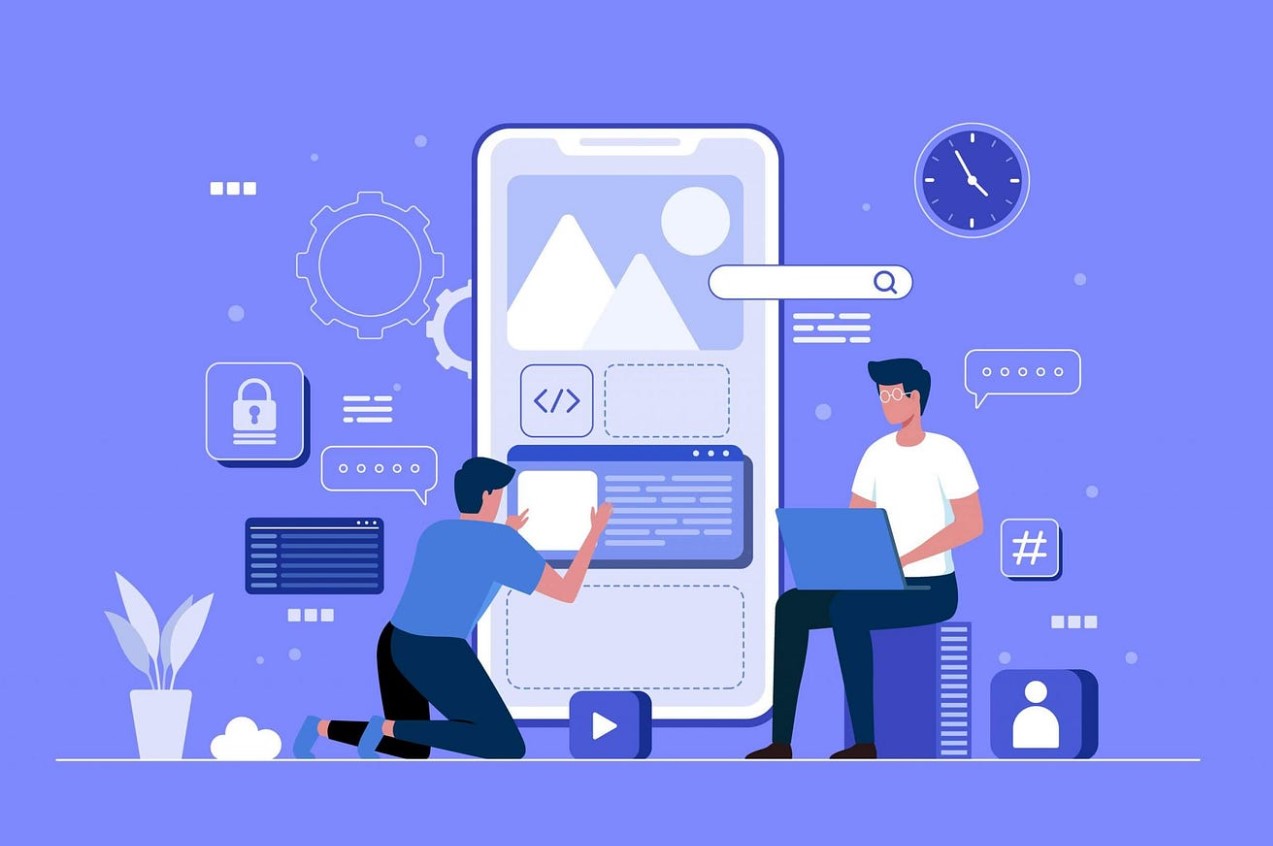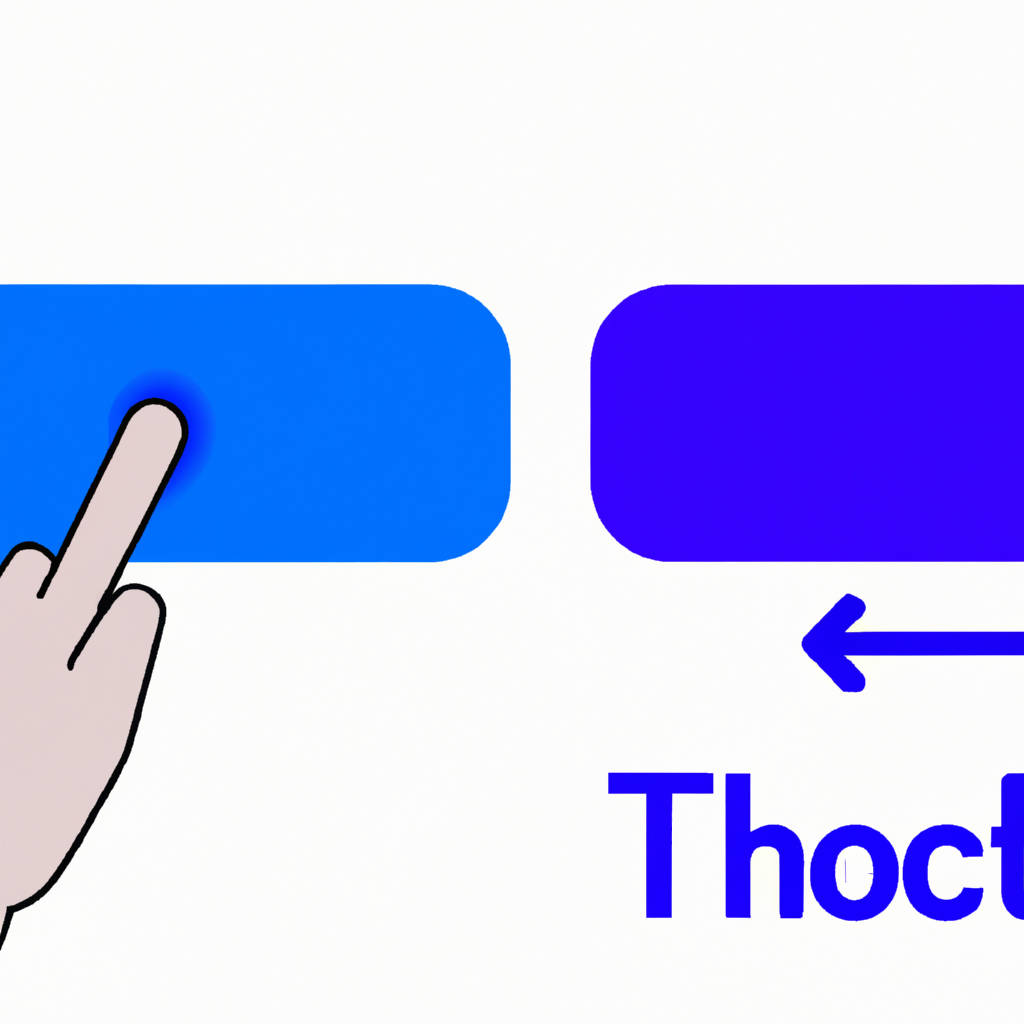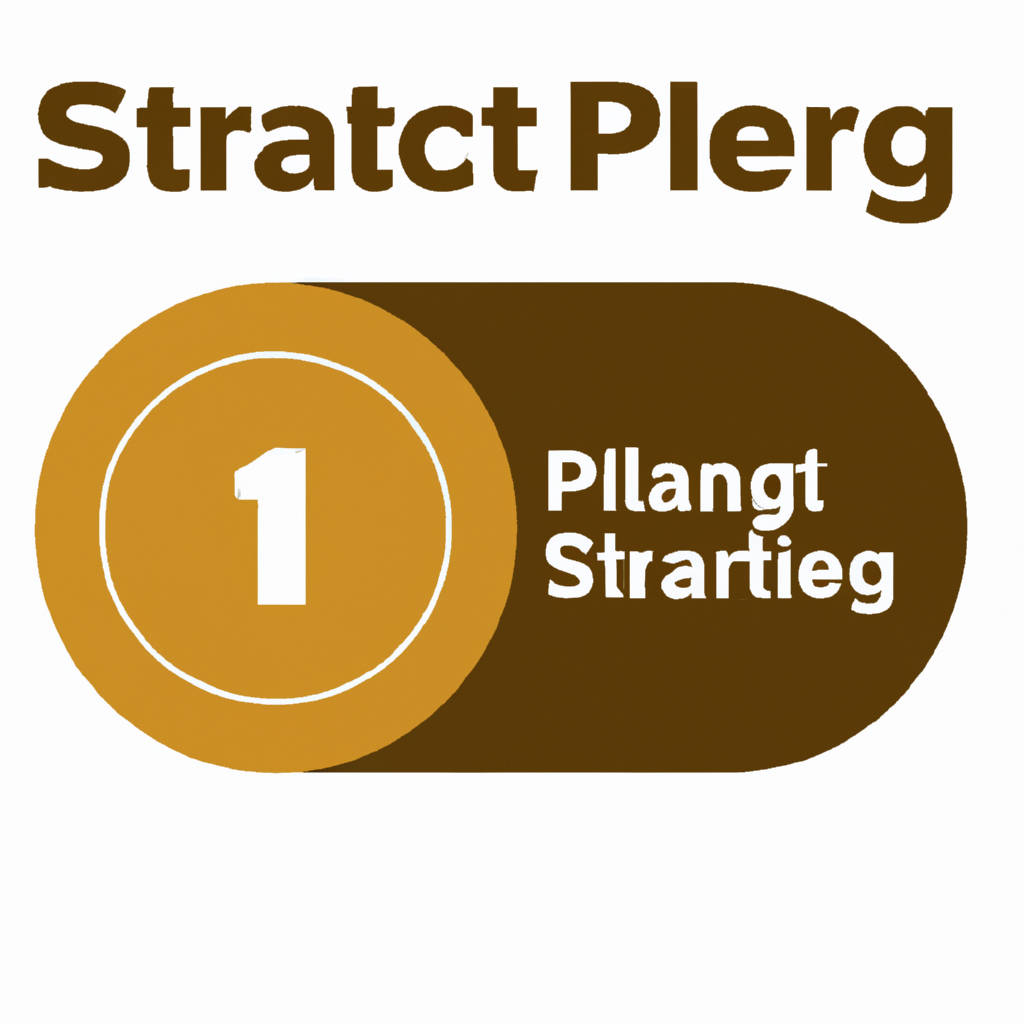When it comes to creating a website, one of the most important elements to consider is the design of the buttons. These buttons are what users interact with to navigate through the site, make purchases, or take other actions. A well-designed button can make a huge difference in the overall user experience and can even increase conversion rates. There are countless ways to design buttons, from simple and minimalist to bold and eye-catching.
Some popular trends in button design include using vibrant colors, interesting shapes, and unique animations. It’s important to consider the overall aesthetic of the website and ensure that the buttons fit in seamlessly with the rest of the design. Ultimately, the goal is to create buttons that are irresistible to users, encouraging them to click and engage with the content on the site. By exploring different button designs and experimenting with what works best for your website, you can create a more engaging and user-friendly experience for your visitors.

Unleash Creative Button Design Concepts
Button design concepts are a crucial element in creating a visually appealing and user-friendly website or application. Unleashing creative button designs can help to enhance the overall user experience and make navigating through the interface more enjoyable for the users. By thinking outside the box and experimenting with different shapes, colors, textures, and animations, designers can create buttons that stand out and capture the attention of the users.
From 3D effects to gradient overlays, the possibilities are endless when it comes to button design. Incorporating unique and innovative design concepts can also help to establish a strong brand identity and differentiate a website or application from its competitors. Whether it’s a subtle hover effect or a bold call-to-action button, creative button designs can convey important information and guide users through the interface in a seamless and intuitive way.
Ultimately, the goal of unleashing creative button design concepts is to create a visually engaging and interactive user experience that leaves a lasting impression on the users. By pushing the boundaries of traditional button design and experimenting with new ideas, designers can elevate the overall aesthetic of a website or application and create a more engaging and memorable user experience.
1. Craft Exceptional Button Designs
When it comes to creating exceptional button designs, it is important to pay attention to the smallest details. Buttons are a crucial element of user interface design, as they are the primary way for users to interact with a website or application. A well-designed button should be visually appealing, easy to locate, and clearly indicate its function.
Consider using contrasting colors, bold typography, and subtle animations to make your buttons stand out. Additionally, pay attention to the size and placement of your buttons to ensure they are easy to click on both desktop and mobile devices. It is also important to consider the overall design aesthetic of your website or application and ensure that your button designs are cohesive with the rest of the design elements.
By taking the time to craft exceptional button designs, you can enhance the user experience and make it easier for users to navigate and interact with your product. Experiment with different styles, shapes, and effects to create buttons that are not only functional but also visually engaging. Remember, the devil is in the details, so don’t overlook the importance of thoughtful button design in creating a successful user experience.

2. Avoid Common Button Design Pitfalls
When designing buttons, it is important to avoid common pitfalls that can hinder the user experience. One common mistake is using buttons that are too small or too closely packed together, making it difficult for users to accurately click on the desired button. Another pitfall to avoid is using unclear or vague button labels that do not clearly indicate the action that will be taken when clicked. Additionally, using buttons with inconsistent styles or colors can confuse users and make it harder for them to navigate the interface.
It is also important to avoid using buttons that are too flashy or distracting, as this can overwhelm the user and detract from the overall usability of the interface. By paying attention to these common button design pitfalls and focusing on creating clear, consistent, and user-friendly button designs, designers can ensure that users have a positive and efficient experience when interacting with their interface.
Get Inspired by Innovative Button Design Ideas
Buttons are an essential element in the world of design, whether it be for websites, apps, or physical products. They serve as the gateway for users to interact with the interface and navigate through various options. In recent years, designers have been pushing the boundaries of traditional button design and coming up with innovative ideas to make them more engaging and visually appealing. One of the most popular trends in button design is the use of unique shapes and sizes.
Instead of the typical rectangular or circular buttons, designers are experimenting with irregular shapes such as triangles, hexagons, or even custom shapes that are relevant to the brand or product. This not only adds a touch of creativity to the design but also helps in drawing the user’s attention to the button. Another trend is the use of animation and micro-interactions to make buttons more interactive and engaging. This can range from subtle hover effects to more complex animations that respond to the user’s actions. By incorporating these dynamic elements, designers can create a more immersive and enjoyable user experience.
Additionally, designers are also exploring the use of 3D effects, gradients, and textures to make buttons more tactile and realistic. These design elements can add a sense of depth and dimension to the button, making it more visually appealing and inviting to click. Overall, by embracing innovative button design ideas, designers can create more memorable and engaging interfaces that leave a lasting impression on users.

1. Simplify User Interaction
Simplifying user interaction is crucial for ensuring a seamless and efficient experience for individuals engaging with a product or service. By streamlining the process and eliminating unnecessary steps, users are able to navigate through interfaces with ease and clarity. This not only enhances user satisfaction, but also increases the likelihood of continued engagement and loyalty. One way to simplify user interaction is by designing intuitive and user-friendly interfaces that are easy to understand and navigate.
This involves minimizing clutter, using clear and concise language, and providing visual cues to guide users through the process. Additionally, incorporating features such as autocomplete, predictive text, and smart suggestions can help users save time and effort when inputting information. Another important aspect of simplifying user interaction is ensuring consistency across all touchpoints, such as websites, apps, and customer service channels. This helps users feel more confident and comfortable in their interactions, as they know what to expect and how to navigate each platform effectively. Overall, simplifying user interaction not only benefits the user, but also the business by increasing user satisfaction, engagement, and ultimately, driving success.
2. Enhance Visibility with High Contrast
Enhancing visibility with high contrast is essential for ensuring safety and increasing awareness in various environments. By using colors that stand out and create a clear distinction between objects, individuals can easily identify potential hazards and take necessary precautions to avoid accidents. In industries such as construction and transportation, high contrast colors on uniforms, signage, and equipment help workers and the public easily spot potential dangers and navigate their surroundings with greater ease.
In addition, high contrast can also be beneficial in graphic design and marketing to draw attention to important information and make it more memorable to viewers. By utilizing bold color combinations and strategic placement, businesses can effectively communicate their message and improve brand recognition. Furthermore, high contrast can also be used in web design to enhance readability and make content more accessible to users with visual impairments. Overall, enhancing visibility with high contrast is a simple yet powerful way to improve safety, increase awareness, and effectively communicate information in various settings.

3. Harness the Power of Color
Color has a powerful impact on our emotions, behavior, and overall well-being. By harnessing the power of color, we can enhance our daily lives in various ways. Whether it’s through the colors we choose to surround ourselves with in our homes, or the colors we wear to boost our mood and confidence, color has the ability to influence how we feel and how others perceive us. For example, warm colors like red and orange can evoke feelings of energy and passion, while cooler colors like blue and green can promote feelings of calm and relaxation. By understanding the psychology of color, we can strategically use different hues to create desired effects in our environments. Additionally, color can also be used in marketing and branding to attract and engage consumers. Brands often carefully select colors that align with their message and target audience to create a strong visual identity. Overall, by being mindful of the power of color and how it can impact us on a subconscious level, we can harness its potential to create positive experiences and connections in our lives.
4. Spark Anticipation with Clever Microcopy
Clever microcopy is a powerful tool that can be used to spark anticipation and excitement in users. By carefully selecting words and phrases that are engaging and intriguing, companies can create a sense of anticipation that encourages users to explore further. For example, using playful language or unexpected twists can create a sense of curiosity and excitement that keeps users engaged and wanting to learn more. By creating a sense of anticipation, companies can build excitement around their products or services and create a memorable experience for users. Additionally, clever microcopy can also help to guide users through the user journey, providing helpful hints or suggestions that make the experience more enjoyable and intuitive. Overall, using clever microcopy can help companies create a sense of anticipation that keeps users engaged and eager to learn more. By carefully crafting the language and tone of their microcopy, companies can create a memorable experience that leaves a lasting impression on users.

5. Engage Users with Subtle Animations
Engaging users with subtle animations is a powerful way to enhance the user experience on a website or app. By incorporating small, subtle movements into the design, users are more likely to stay engaged and interested in the content. Animations can draw attention to important elements on the page, guide users through a process, or simply add a touch of interactivity. For example, a subtle hover effect on a button can make it more inviting for users to click, while a gentle fade-in animation can make content appear more dynamic. These animations help create a more seamless and intuitive user experience, leading to increased user satisfaction and retention.
However, it is important to use animations thoughtfully and sparingly. Overuse of animations can overwhelm users and distract them from the main content. It is crucial to strike a balance between adding engaging animations and not overloading the user with unnecessary movement. Subtle animations should complement the overall design and functionality of the website or app, rather than overshadowing it. Additionally, animations should be used purposefully to enhance the user experience, rather than simply for the sake of having animations.
In conclusion, incorporating subtle animations into a website or app can greatly enhance user engagement and interaction. When used effectively, animations can create a more engaging and enjoyable experience for users, ultimately leading to increased satisfaction and retention. By carefully considering the purpose and impact of each animation, designers can create a more intuitive and user-friendly interface that keeps users coming back for more.
6. Optimize for Touch with Enlarged Buttons
When designing a website or mobile app, it is important to consider the user experience for touch screens. One way to optimize for touch is by enlarging buttons and interactive elements. This can make it easier for users to navigate the site or app with their fingers, reducing the chances of misclicks or frustration. Enlarged buttons also make it more accessible for users with mobility issues or those who may have difficulty with fine motor control.
By ensuring that buttons are large enough to be easily tapped, designers can create a more user-friendly experience for all users. Additionally, larger buttons can help improve the overall aesthetic of the design, creating a more visually appealing interface. Overall, optimizing for touch with enlarged buttons is a simple yet effective way to enhance the usability and accessibility of a website or app. By prioritizing the needs of touch screen users, designers can create a more intuitive and engaging experience for their audience.

7. Leverage Familiar Styles for User Comfort
When designing a user interface, it is important to leverage familiar styles to ensure user comfort and ease of use. By incorporating elements and design patterns that users are already accustomed to, such as drop-down menus, search bars, and navigation tabs, users will feel more at ease and confident when interacting with the interface. Familiar styles can provide a sense of security and predictability, as users are more likely to understand how to navigate the interface and locate the information they are looking for.
Additionally, leveraging familiar styles can also help reduce the learning curve for new users, as they will already have some level of familiarity with the design patterns and interactions. Overall, incorporating familiar styles into a user interface can enhance the user experience and make it more intuitive and user-friendly. It is important for designers to consider the preferences and expectations of their target audience when choosing which styles to leverage, as different user groups may have different levels of familiarity with certain design patterns. By prioritizing user comfort and familiarity, designers can create interfaces that are more accessible and enjoyable for all users.
8. Position Buttons Intuitively
When designing a website or app, it is crucial to position buttons in an intuitive manner. This means placing them where users would naturally expect to find them based on their past experiences with similar products. For example, placing a “submit” button at the bottom of a form is a common practice because users are accustomed to scrolling down to complete a task. Similarly, placing a “back” button in the top left corner of a screen is intuitive because it mimics the layout of a browser window.
By positioning buttons in this way, users can easily navigate the interface without having to think too much about where to find the functions they need. This not only improves the user experience but also reduces frustration and increases the likelihood that users will successfully complete their tasks. In addition, intuitive button placement can help to create a sense of familiarity and trust with the product, as users will feel more confident in their ability to use it effectively. Overall, taking the time to consider the placement of buttons can greatly enhance the usability and effectiveness of a website or app.

9. Provide Feedback for Seamless Interaction
Providing feedback for seamless interaction is crucial in any setting, whether it be in a workplace, social environment, or online platform. Feedback allows for effective communication and understanding between individuals or groups, leading to smoother interactions and better outcomes overall. By giving constructive feedback, individuals can address issues, improve communication, and foster positive relationships. This feedback can come in many forms, such as verbal communication, written messages, or nonverbal cues.
It is important to provide feedback in a timely manner and in a respectful manner, ensuring that the message is received positively and can be acted upon. Additionally, feedback should be specific and actionable, highlighting areas for improvement and offering suggestions for how to address them. By providing feedback for seamless interaction, individuals can work together more effectively, resolve conflicts, and create a more harmonious environment. Ultimately, feedback is a valuable tool for improving communication and fostering positive relationships, leading to greater success and satisfaction in any interaction.
10. Strategic Button Placement for Impact
Strategic button placement can have a significant impact on the effectiveness of a user interface. By carefully considering the placement of buttons on a website or app, designers can guide users towards desired actions and create a more intuitive and seamless experience. Placing buttons in prominent and easily accessible locations can encourage users to engage with key features or complete important tasks. For example, placing a “Buy Now” button prominently on a product page can increase conversion rates by making it easy for users to make a purchase.
Similarly, placing a “Sign Up” button at the top of a homepage can make it easier for users to create an account and start using a service. On the other hand, placing buttons in less visible or less intuitive locations can lead to confusion and frustration for users, potentially resulting in lower engagement and higher bounce rates. By testing different button placements and analyzing user behavior, designers can optimize the placement of buttons to maximize the impact of their interface design. Ultimately, strategic button placement is a key aspect of creating a user-friendly and effective interface that guides users towards desired actions and helps achieve business goals.

Mastering the Art of Eye-Catching Button Designs
Mastering the art of eye-catching button designs is essential for creating a visually appealing and user-friendly interface. Buttons are a crucial element in web design, as they serve as the primary call-to-action for users to interact with a website or application. In order to create buttons that stand out and grab the attention of users, designers must carefully consider factors such as color, size, shape, and placement. Using contrasting colors and bold typography can help buttons pop off the page and attract the eye.
Additionally, incorporating unique shapes and textures can add visual interest and make buttons more memorable. It is also important to consider the placement of buttons on the page, ensuring they are easily accessible and strategically placed to guide users towards desired actions. By experimenting with different design elements and techniques, designers can create buttons that not only look visually appealing but also effectively communicate their purpose to users. Ultimately, mastering the art of eye-catching button designs is about creating a seamless and intuitive user experience that encourages engagement and interaction.
Key Takeaways for Effective Button Design
Effective button design is crucial for creating a user-friendly and intuitive interface. When designing buttons, it is important to consider factors such as color, size, placement, and text. Color plays a significant role in drawing attention to buttons, with contrasting colors helping to make them stand out. It is also essential to choose colors that evoke the right emotions and are consistent with your brand. Size is another key consideration, as buttons that are too small may be difficult to click on, while buttons that are too large may overwhelm the design.
Placement is also critical, with buttons placed in easily accessible areas where users naturally look for them. Additionally, clear and concise text on buttons is essential for guiding users on what action to take. Short and descriptive text helps users understand the purpose of the button quickly. Keeping these key takeaways in mind when designing buttons can help improve user experience and ultimately drive conversions on a website or application. By creating buttons that are visually appealing, easy to find, and clearly labeled, you can enhance the usability of your interface and make it more user-friendly for your audience.
